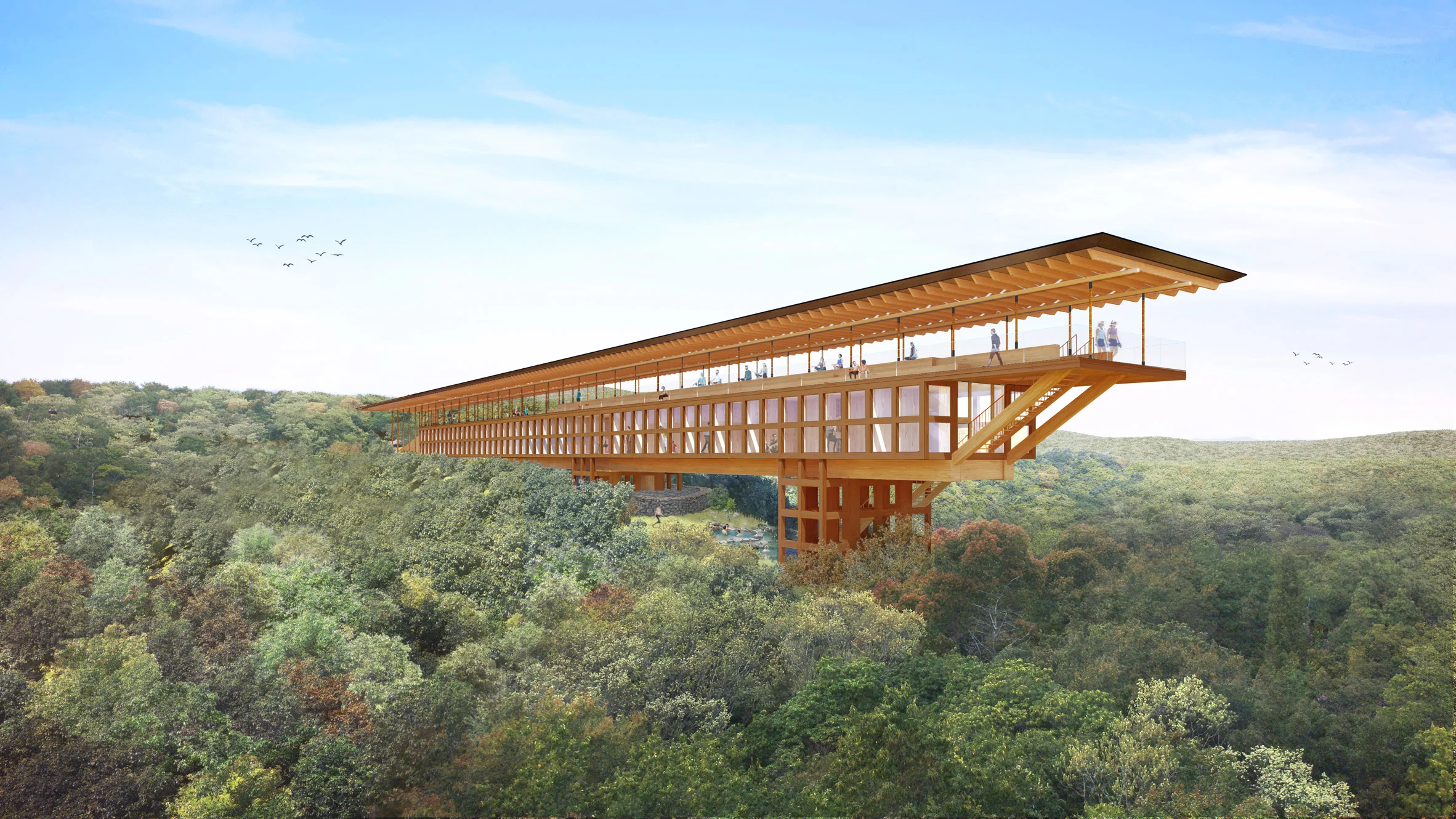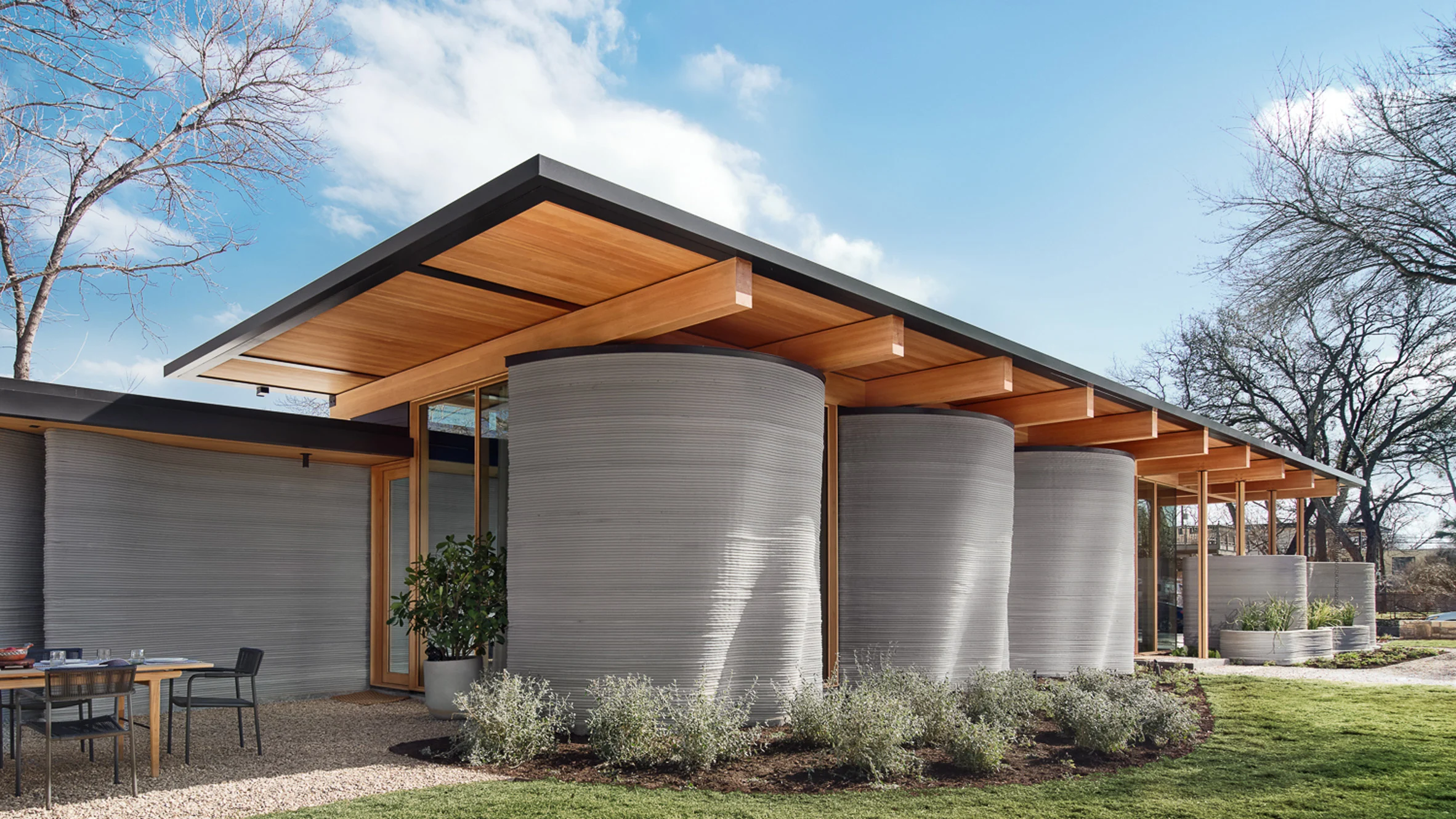8 Types of Architecture Students , Which One Are You?
During our studies, we spend so much time in architecture school that it becomes our second home. We interact with our colleagues on a daily basis and under a lot of pressure when the deadline comes, so forming a certain opinion for each one of them is almost inevitable. Some become our friends and work partners, others we can’t help but admire their dedication to architecture, and a few when we meet them, we change paths. For better or for worse, people like labeling other people with certain characteristics. Can you identify yourself in one of the following types of architecture student?
1. The All-Nighter

For this type of architecture student, sleep is for the weak. You will spot them by the black circles underneath their eyes and a cup of coffee always in their hand. They are usually the most ambitious students that don’t want to waste a single minute of their day (and night) without working. Our studio culture has glorified the image of the self-suffering architect. But is it healthy? Is it worth it? Although theoretically with less sleep you gain working hours, productivity and creativity tend to decrease during the night hours. Even the strongest organism needs 6-7 hours of sleep to reboot and function properly and the best time to do that is during the night. A project can be completed successfully with better time management, so use your bedroom!
2. The Technology Geek
This is the student with a tablet in one hand and the latest technology smartphone on the other while sitting in front of the computer. They know everything about new applications and design programs and they are an expert if you want advice for some kind of hardware. They usually have the best visualization and rendering skills too. Parametric design is their favorite field of architecture and their house if full of 3D – printed objects. They may even own a 3D printer. However technological skills don’t guarantee skills in design or talent. Gadgets and computers are just tools to facilitate the design process and without the right concept, your project won’t stand out. A pencil and a paper can be powerful tools too if the idea is strong.
3. The Space Invader
You will notice them anyway. They will make sure to show off their work in every way possible. They make the biggest models, the longest plans, and the noisiest presentations. They also go the first-name basis with famous architects: Zaha, Mies, Frank. They may be passionate about architecture but their competitive character leaves no space for cooperation and team-work. Ambition is good but architecture is an interdisciplinary field and needs communication skills and respect for other people’s projects and efforts.
4. The Usual Team
Since the first year of school, they will do every project together. Two brains are better than one in the creative process and usually, they are a very powerful architectural duo, as well as best friends. When you have someone to always question your design decisions you stay in vigilance and build a more solid concept, having thought everything twice. In this kind of collaborations, you can easily spot the influence one partner has to the other and with the right balance of mutual dependency, the team can become a creative force.
5. The Quiet Soldier
 This kind of types of architecture student makes a sudden appearance at the end of the semester when it’s time for the final project presentations. The rest of the days he is the invisible power working alone on a tight schedule away from the indiscrete eyes of his colleagues. He may be the most dedicated and organized student but he doesn’t want to show off. He may even get pleasure from the lack of visibility and social life. Although most of the times creative minds are loners, it is important to remember that in professional life, networking and communication skills are of great importance. There’s nothing more productive than sharing ideas along with some healthy criticism.
This kind of types of architecture student makes a sudden appearance at the end of the semester when it’s time for the final project presentations. The rest of the days he is the invisible power working alone on a tight schedule away from the indiscrete eyes of his colleagues. He may be the most dedicated and organized student but he doesn’t want to show off. He may even get pleasure from the lack of visibility and social life. Although most of the times creative minds are loners, it is important to remember that in professional life, networking and communication skills are of great importance. There’s nothing more productive than sharing ideas along with some healthy criticism.
6. The Procrastinator
 Although this type of students may be of a creative first material when it comes to deadlines and schedules they seem to keep postponing the actual working process. Suddenly everything is more interesting than the architecture studio: parties, tv-series, sports, facebook. Up to a certain point, this is pretty normal considering the young of age we are supposed to be committed to long working hours on a daily basis. However, if we want to avoid the last-minute breakdown and creative block as the deadline approaches, a to-do list is the best thing to go with. This way we can balance productive hours with recreation and fun.
Although this type of students may be of a creative first material when it comes to deadlines and schedules they seem to keep postponing the actual working process. Suddenly everything is more interesting than the architecture studio: parties, tv-series, sports, facebook. Up to a certain point, this is pretty normal considering the young of age we are supposed to be committed to long working hours on a daily basis. However, if we want to avoid the last-minute breakdown and creative block as the deadline approaches, a to-do list is the best thing to go with. This way we can balance productive hours with recreation and fun.
7. The Always Questioning Student

You will find this almost annoying student attending every single class in the school of architecture. They raise their hand every once in a while to ask a question or make a comment even at the last minute of a lecture. Although effective questions produce a better quality lesson and it’s a way to improve our critical thinking, overdoing it can distract other students and destroy the flow of the class. Curiosity is a good thing as long as it is in healthy boundaries and not in terms of seeking attention.
8. The Architects’ Offspring
They have a long architect bloodline that makes them believe they will inherit the archi-gene, and sometimes, they just might. It’s the support system this student has at home that helps them succeed, and it is the same system that puts enough pressure to get them into a field they might not be interested in the first place. Sometimes we are influenced by our family more than we tend to believe, in a way that our parents’ dreams subconsciously become ours too. So before deciding to become an architect because one or both of your parents are, make sure that this is your true call and not just an inherited wish.









